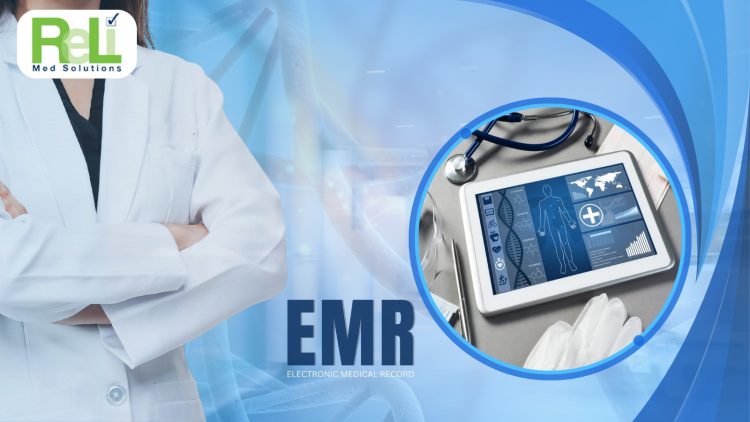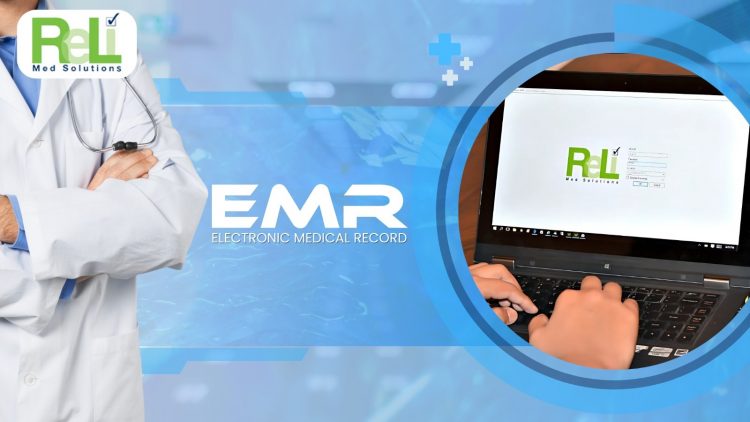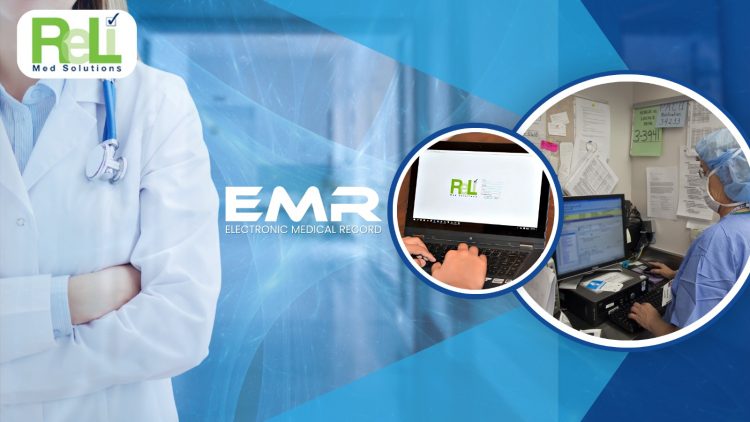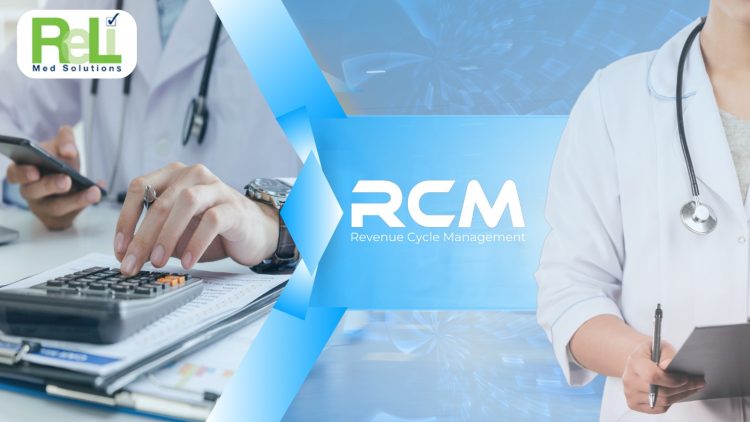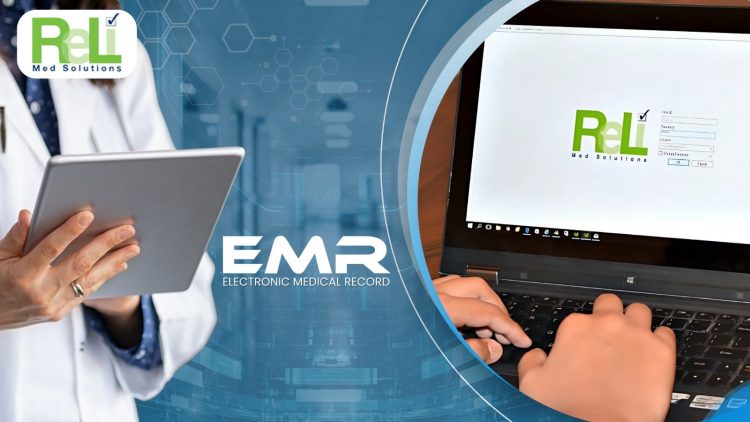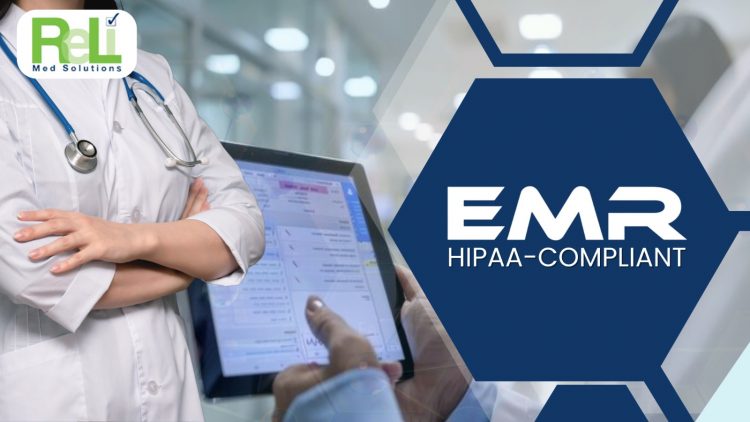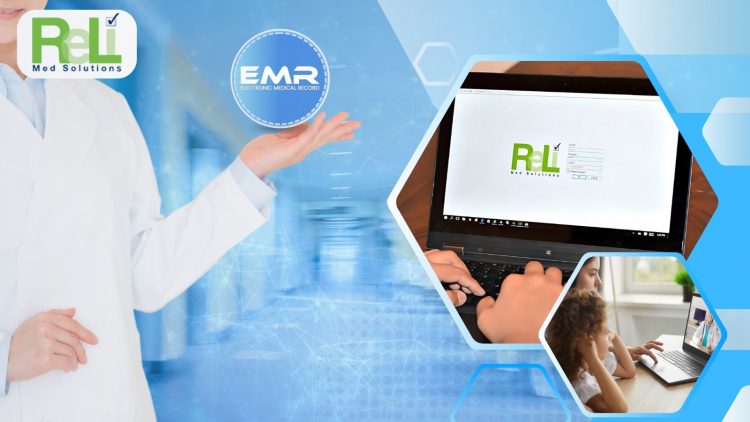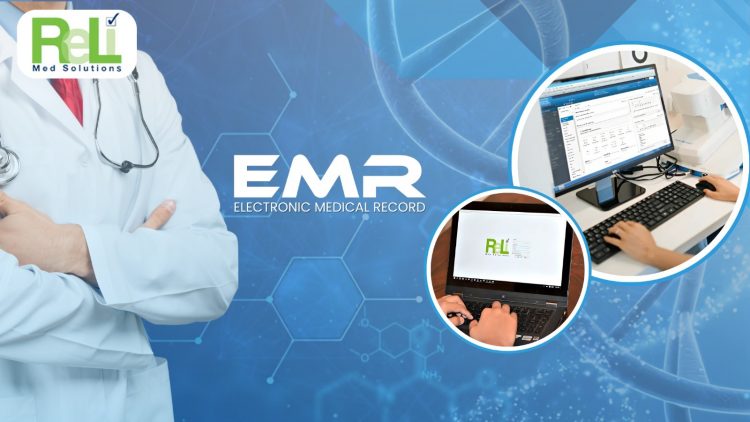Is a Professional Needed for Efficient EMR Integration with Billing to Drive Financial Growth?
Managing Medical Records and billing can be tough in today’s busy health care world. EMR Integration with Billing helps make these tasks easier by reducing errors, saving time, and boosting income. But can this process be done effectively without professional help? If it’s not done right, it can lead to problems like lost data and billing mistakes. Professionals bring the knowledge and tools needed to make integration smooth and successful. why experts are essential for financial growth through seamless EMR integration. Let’s explore their role in detail!
What Is EMR Integration with Billing and Why Is It Important?
EMR Integration with Billing connects patient Medical Records with billing systems. This helps with tasks like sending bills, keeping track of payments, and handling insurance claims. Because of that, mistakes are reduced, and everything works faster and better. This integration also helps health care offices manage their work better, improving Practice Management. If you don’t use integration, mistakes and delays can happen, causing money problems. So, it is very important to have this system to keep things running smoothly and correctly.
Challenges of EMR Integration with Billing Without Professional Help
Trying to do EMR Integration with Billing without an expert can cause many problems. If you don’t know the technical side, errors with software or systems can happen. This can slow down work and create stress for the staff. Moving data into a new EHR system is also tricky. If data isn’t moved correctly, important Medical Records can get lost or mismatched. Because of that, billing errors and claim denials can occur, which hurt your income. So, it is better to use a professional to avoid these issues and keep your health care office running well.
The Role of EMR Integration in Financial Growth
When done correctly, EMR Integration with Billing makes RCM much better. If billing is accurate and fast, you get payments quicker and face fewer problems with denied claims. This helps your income stay steady and reliable. Using advanced EHR systems also reduces manual work, letting your staff focus more on patient care. So, it not only makes your team more productive but also keeps patients happier. Having good integration is a smart way to improve both work efficiency and financial growth.
Future Trends in EMR Integration with Billing and Why Experts Matter
The health care world is changing quickly with new tools like AI-powered EHR systems, cloud storage, and real-time updates. If health care offices want to stay successful, they must use these tools. But doing this without expert help can be very hard.
Because of that, professionals are very important for EMR Integration with Billing. With the right amount of training your staff can become professional. Then they will know how to use the newest tools and make sure everything works smoothly. Experts also make your systems ready for future changes, so your health care office can stay ahead. So, using professional guidance is the best way to avoid problems and keep your systems up-to-date. So, choose a provider who provides time-to-time training.
Why Choose ReLi Med Solutions for EMR Integration?
ReLi Med Solutions is a leader in EMR Integration with Billing, offering solutions that fit each health care office’s needs. They help move data smoothly, reduce billing mistakes, and follow all rules. If you need help with Medical Billing Services, their team is always there to help you.
ReLi Med Solutions helps make billing simple and quick. This gives your staff more time to take care of patients instead of worrying about billing. They use the latest technology, making them a trusted partner for long-term success. With ReLi Med Solutions, your health care practice works smoothly and efficiently.
Conclusion
Good EMR Integration with Billing is very important for health care offices that want to grow and improve their RCM. Doing it without expert help can cause mistakes, lost data, and slow work. So, it’s better to trust professionals who can do the job right. So train your staff to be professional in using these systems.
ReLi Med Solutions is the right partner for health care offices. Their knowledge of Medical Billing Services, Practice Management, and EHR systems ensures smooth, accurate, and reliable integration. If you want your health care office to succeed, choose ReLi Med Solutions to help you reach your goals.


